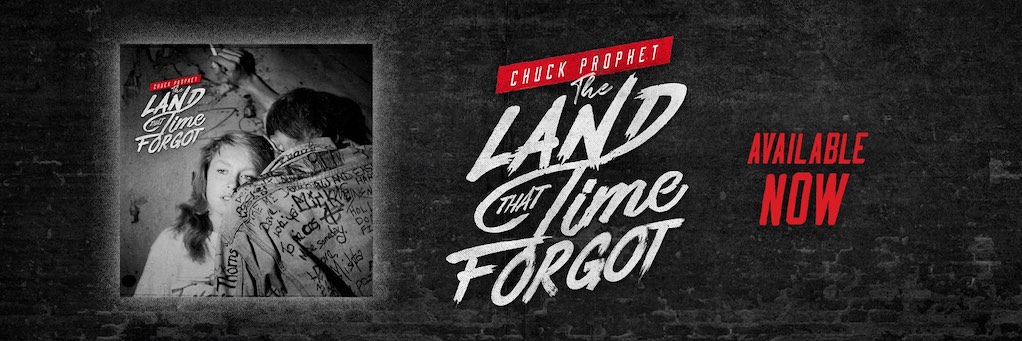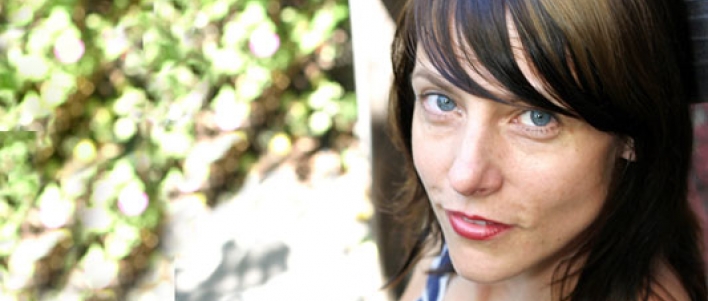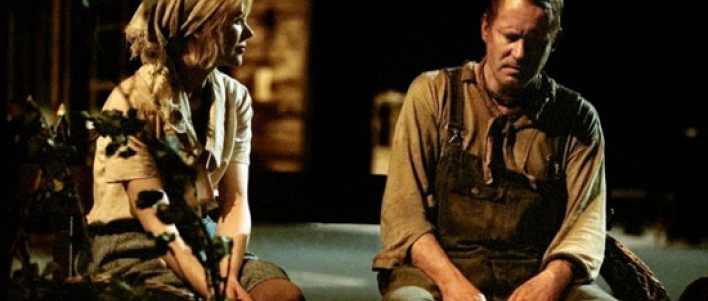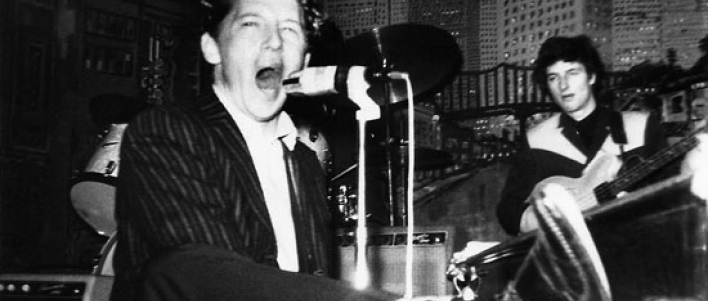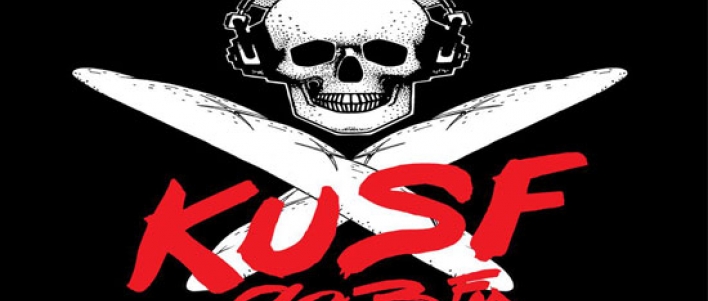
KUSF
For us San Francisco people, it seems like KUSF has just always been here. There was a time when I would walk down Haight Street and hear it spilling out of every store.
It was one of those. The greatest kind of non-commercial stations. It was a beacon. It brought people together.
A lot of us took KUSF for granted. Until one day it was gone. Sure, there were a bunch of alt-dot bands that broke on KUSF, but KUSF was more than that. It was more than Lollapalooza, more than Burning Man. It was 12 languages of diversity. It was San Francisco. Recently it was sold to one of those companies that buys bandwidth and bundles them up. One of those companies that knows how to make money by moving money around. I don’t pretend to know how that stuff works.
But dig this: It turns out that USF (University of San Francisco) may not have been in the right to sell the station off in the first place. And letting that deal go down without a fight means your local station could be next. It’s a serious precedent. So, some of us are fighting back. And fighting back requires money. A lot of people have volunteered their time and efforts. But they need all the money and awareness fit to print.
Don’t take my word for it. Read about the KUSF sale in the NY Times.
Video after the jump.
